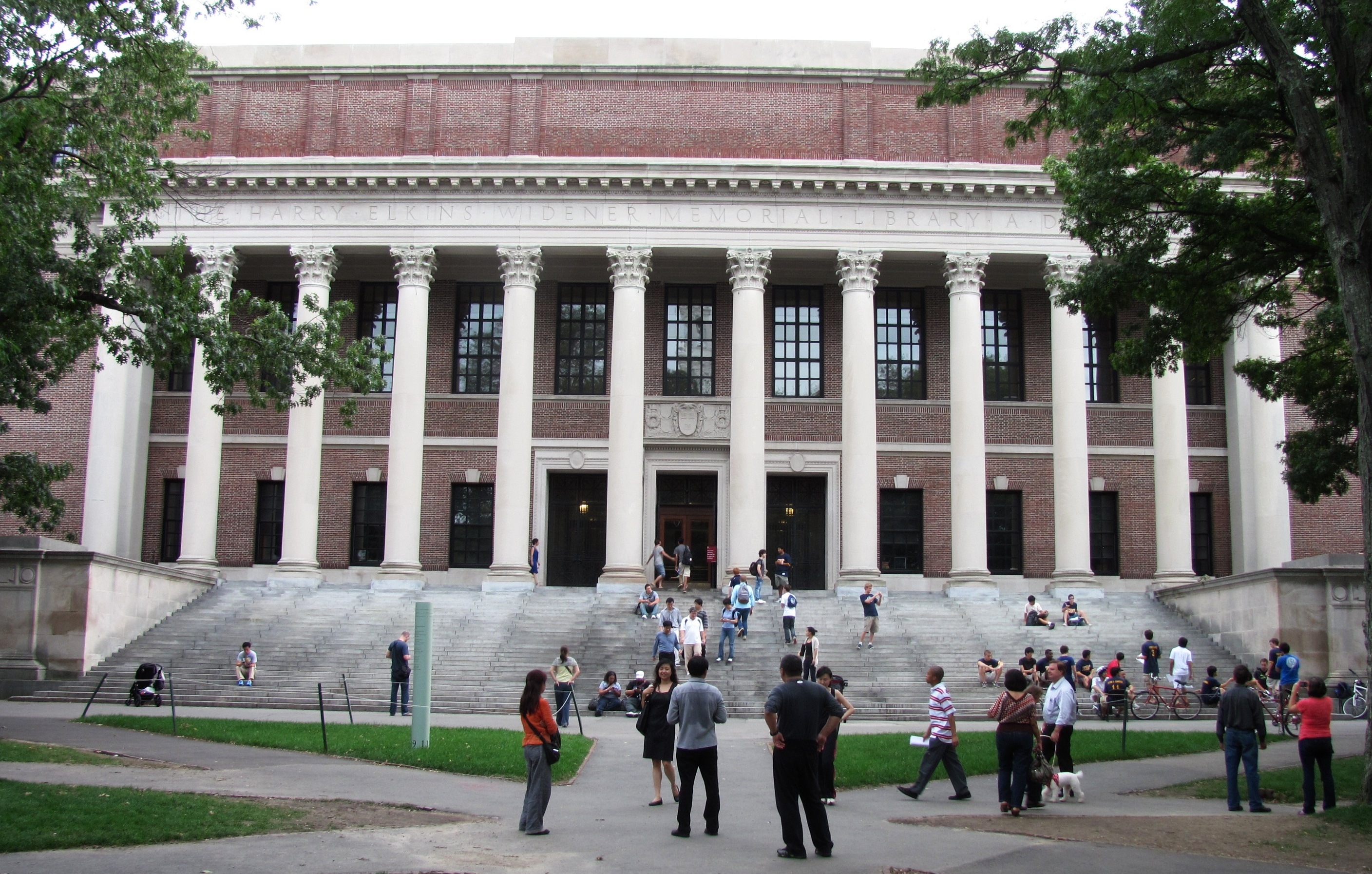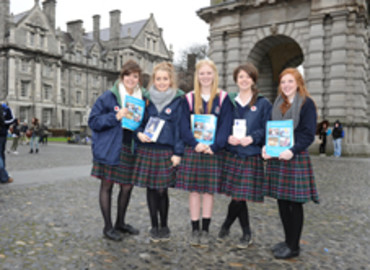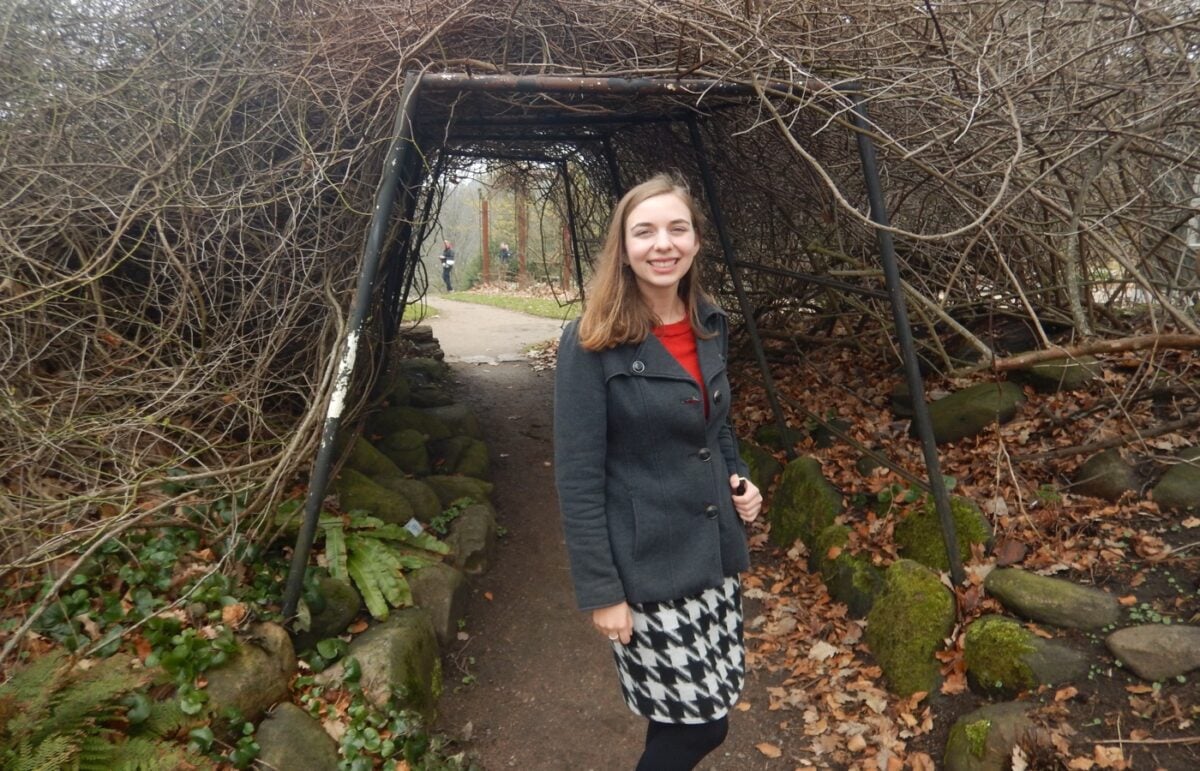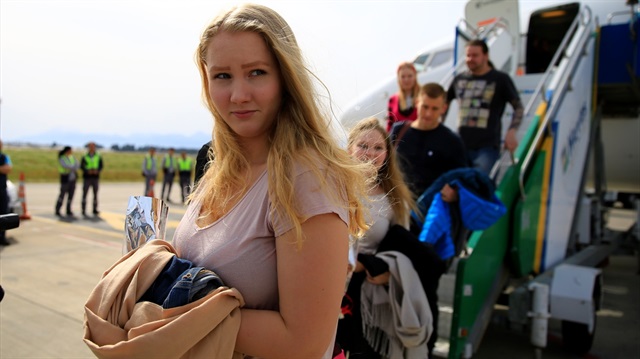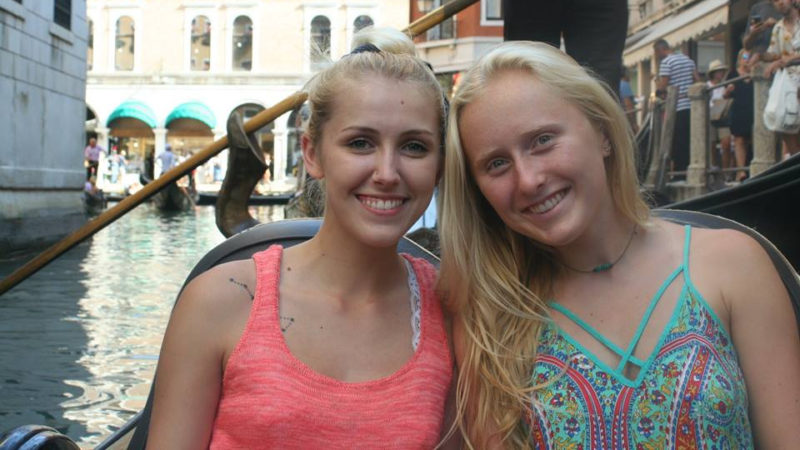1. Harvard..................................................21
2. Edinburgh................................................9
Trinity (Cambridge)……………………9
4. Balliol (Oxford)…...……………………8
5. Trinity (Dublin)………………………….7
Yale...…………………………………….7
7. California (Berkeley).............................4
Humboldt (Berlin).................................4
9. Christ's (Cambridge)..............................3
Columbia................................................3
Glasgow...……………………………...3
Hertford (Oxford)...................................3
Kings (Cambridge).................................3
Kings (London)………………………..3
Leipzig...……………………………….3
Magdalen (Oxford).................................3
Marburg...……………………………...3
Paris (Sorbonne).....................................3
Princeton................................................3
St Petersburg State (Russia)...................3
Trinity (Oxford)………………………..3
Uppsala...................................................3
23. Aberdeen...............................................2
Army.......................................................2
Bern...…………………………………..2
Bonn........................................................2
Bowdoin..................................................2
Brasenose (Oxford).................................2
Chicago...……………………………….2
Christ Church (Oxford)...........................2
Conservatoire de Paris............................2
Cornell.....................................................2
Corpus Christi (Cambridge)....................2
Exeter (Oxford).......................................2
Gottingen...……………………………..2
Jesus (Cambridge)...................................2
Queen's (Oxford).....................................2
Radcliffe...……………………………...2
Royal Academy of Arts (London)……..2
Royal Academy of Dramatic Arts ..........2
St John's (Cambridge).............................2
Trinity Hall (Cambridge).........................2
Union.......................................................2
University (Dublin)..................................2
Washington (Missouri)............................2
46.Algiers.....................................................1
Art Institute of Chicago...……………….1
Bates.........................................................1
Berlin........................................................1
Berlin University of the Arts....................1
Birkbeck (London)...................................1
Bordeaux..................................................1
Brest Naval College..................................1
Brown.......................................................1
Canterbury (Oxford)…………………….1
Carroll (Wisconsin)..................................1
CCNY.......................................................1
Central School of Speech & Drama (UK).1
Christ Church (Cambridge)......................1
College of Charleston...............................1
Conservatorio di Bologna.........................1
Conservatorio di Milano...........................1
Copenhagen..............................................1
Curtis Institute of Music...........................1
Drake.........................................................1
Dublin........................................................1
Ecole Militaire..........................................1
Ecole National des Chartes……………...1
Ecole Normale Superieure (Paris)............1
Ecole Polytechnique..................................1
Erskine (S.C.)............................................1
Escuela de Caminos..................................1
Friedrich Schiller University of Jena........1
Ghent.........................................................1
Grinnell.....................................................1
Halle...…………………………………...1
Haverford...................................................1
Heidelberg.................................................1
Helsinki......................................................1
Imperial (London).....................................1
Imperial (Moscow)....................................1
Johns Hopkins...………………………….1
Lafayette.....................................................1
Lausanne...………………………………..1
Lawrence (Wisconsin)……………………1
Lehigh...…………………………………..1
Ludwig Maximilian University of Munich.1
Lycee Louis-le-Grand.................................1
Magdalene (Cambridge)…………………..1
Merton (Oxford)…………………………..1
Military & Engineering Technical U (St Petersburg)...1
Mississippi...………………………………1
Montpellier..................................................1
Moscow Conservatory...…………………..1
Moscow State (Russia)................................1
Munich.........................................................1
Muskingum..................................................1
National College of Art & Design (Dublin).1
Navy.............................................................1
Nebraska......................................................1
New (Oxford)..............................................1
New England Conservatory...…………….1
Newham (Cambridge).................................1
New York College of Music...…………….1
NYU............................................................1
North Carolina.............................................1
Oklahoma....................................................1
Oriel (Oxford)..............................................1
Oslo..............................................................1
Padua...........................................................1
Pembroke (Cambridge)................................1
Pembroke (Oxford)......................................1
Pittsburgh.....................................................1
Prytanee National Militaire..........................1
Purdue..........................................................1
Randolph-Macon..........................................1
Royal Academy of Music............................1
Royal College of Art (London)....................1
Royal College of Music...............................1
Royal Military College (Sandhurst)............1
Royal Swedish Academy of Fine Arts...…..1
St Andrew's..................................................1
St Catherine's (Oxford)................................1
St John's (Oxford)........................................1
St. Lawrence...……………………………..1
St. Mary Hall (Oxford)…………………….1
St Petersburg Conservatory..........................1
Somerville (Oxford).....................................1
Stanford........................................................1
SUNY-Buffalo..............................................1
Swarthmore...………………………………1
Syracuse........................................................1
Tsarkoye Selo Lyceum.................................1
Tubingen...………………………………….1
University College (London)........................1
University (Oxford).......................................1
Valencia........................................................1
Vanderbilt.....................................................1
Vienna...........................................................1
Vienna Polytechnic.......................................1
Virginia.........................................................1
Wake Forest..................................................1
Warsaw.........................................................1
Washington (Maryland)................................1
Wheaton (Illinois).........................................1
William and Mary.........................................1
Williams........................................................1
Wittenberg.....................................................1
Worcester (Oxford).......................................1

